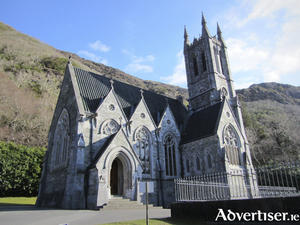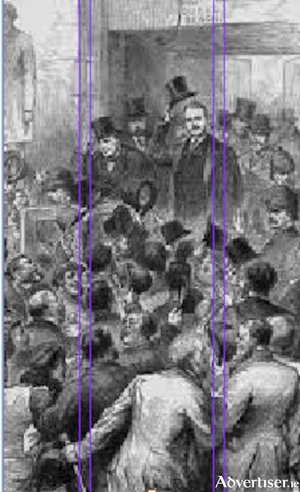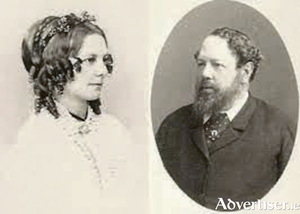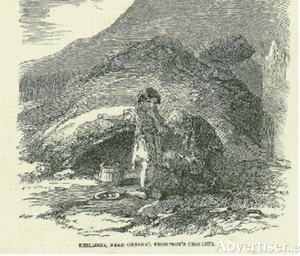Search Results for 'Tim Robinson'
22 results found.
Free buses for Roundstone’s Hidden Heritage conference

A conference commemorating Alexander Nimmo’s founding of Roundstone and Hely Dutton’s Statistical Survey of Galway will be held next week. The event on Wednesday July 24 at Roundstone Community Centre, Roundstone, Co. Galway H91 C99W is titled Roundstone’s Hidden Heritage, 1824-2024.
Tim Robinson's contribution to understanding our landscape to be celebrated
Architecture at the Edge presents a one-day symposium to celebrate Tim Robinson's contribution to understanding the landscape of the west of Ireland at Kylemore Abbey on March 24.
Community collection of Aran folklore available online for the first time

A new website featuring extracts from Bailiúchán Béaloidis Árann (the Árainn Folklore Project), a community folklore collection that is more than twenty years a-growing, will be launched next month in Inis Mór, the largest of the three Aran Islands. Partnering on the project are Gaois, Fiontar & Scoil na Gaeilge, DCU, and the National Folklore Collection at UCD, the co-creators of the website dúchas.ie.
‘A pale granite dream, afloat on its own reflection’

Mitchell Henry’s final days in Kylemore were sad ones. His adored wife Margaret had died at 45 years-of-age, and rested in a simple brick mausoleum in the grounds of his palatial Kylemore Castle. His political life, into which he put a great deal of personal effort, advocating on behalf of all Irish tenants the rights for them to own their own land, was out manoeuvred by Charles Stewart Parnell and the Land League. Henry described the Land League methods as ‘dishonest, demoralising and unchristian’. He probably was not surprised to lose his Galway seat in the general election of 1885. He blamed ‘Parnalite intimidation’.
Shaping our places — Architecture At The Edge is back
How we relate to our built environment in a social, political and cultural context will be exploited in the sixth annual Architecture at the Edge (AATE) Festival which returns for its sixth edition from October 1-9.
A different type of politics was needed

When Mitchell Henry entered Westminster parliament in 1871 he went with hope in his heart and a mission to tell the British people the precarious circumstances of the Irish tenant farmer. In many ways he resembled Jefferson Smith in the Frank Cappa film ‘Mr Smith Goes to Washington’ where a naive, idealistic young man has plans to change America.* Mitchell Henry, a liberal, kindly man, had plans to be a voice for the Irish tenant farmer within, what he believed, was a paternalistic landlord system, but he walked into a political cauldron, waiting to explode.
Fantasy castles in 19th century Connemara

It must have been an extraordinary sight in the 1860s to see Kylemore castle rise from a bog in the heart of Connemara’s Twelve Pins, barely a decade following the devastation of the Great Famine. More than 100 men were employed, some coming from as far away as Renvyle and further, at a handsome wage of seven to 10 shillings a week, turning rough, soggy land, only good for shooting wild fowl and for fishing in its nearby lakes, into a magnificent building. Today it stands more like a palace than a castle, and is still a show-stopper on the Letterfrack road.
O’Loughlin’s cavalry protected the king

The arrival of British royalty on Irish shores in recent times, is usually greeted with genuine interest and curiosity, and a sense of welcome and respect, while extreme nationalists have to grin and bear it.
Connemara after the Famine

Following the inability of Tom Martin and his daughter Mary, the Princess of Connemara, to meet the debts on their vast encumbered estate, they were sued by the Law Life Assurance Society and ordered to sell it in its entirety.


